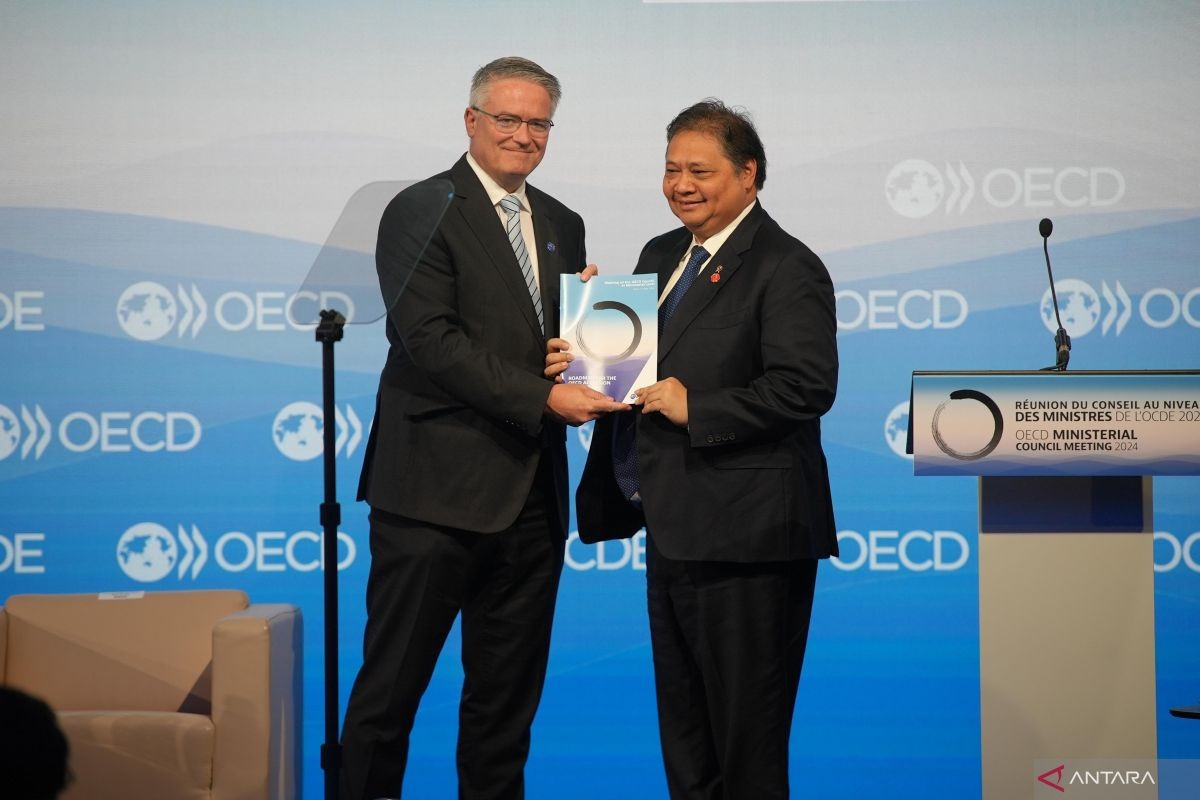The cost of dominance: China's evironmental destruction in the South China Sea
The South China Sea is a vital environment brimming with life, from plants and animals to the people who depend on it. To safeguard the long-term health of this entire system, we need to prioritize understanding its ecology. This means looking beyond geopolitical issues and focusing on the interconnected web of life that thrives there. The South China Sea is a world leader in marine biodiversity, with over 6,500 unique species. Each one plays a critical role in the health of this complex ecosystem.
In the South China Sea, countries with competing territorial claims have been using dredging and landfills to build outposts that strengthen their arguments. However, this practice has come at a heavy environmental cost. Dredging removes vital parts of the seabed, including the structures that coral reefs rely on. Over the past decade, this process has destroyed vast areas of these delicate ecosystems.
For instance, from 2013 to 2017, China heavily relied on dredging to create artificial islands. Their dredgers would cut into reefs and pump the sediment to shallow areas, essentially creating new land through landfill. This disrupted the seafloor, releasing clouds of sediment that smothered nearby marine life and prevented coral reefs from repairing themselves.
Dredging disrupts the environment around it. An analysis of commercial satellite images by the CSIS Asia Maritime Transparency Initiative (AMTI) aimed to measure the damage caused by dredging in the region. Their findings show that China is responsible for the most damage, having buried about 4,648 acres of coral reefs with dredged material.
During their investigation into the damage caused by dredging and landfill on coral reefs, researchers stumbled upon another major threat - the widespread destruction from giant clam harvesting. Moreover, this harvesting has become increasingly popular in recent decades. Giant clam shells, prized for their resemblance to now-restricted elephant ivory, are carved into expensive jewelry and statues, particularly sought after in China where some carved shells can fetch over $100,000. This destructive practice was especially rampant between 2012 and 2015, coinciding with China's push for increased maritime activity in the South China Sea. Additionally, this surge even received encouragement from President Xi Jinping's visit to Tanmen, a major fishing port, where he urged fishers to 'catch more big fish.'
In 2017, Hainan tried to stop the sale of giant clams, but satellite images from 2019 revealed harvesting continued in the South China Sea, even with China Coast Guard presence. This illegal activity fuels a black market for giant clam products in China. The harvesting itself is especially destructive. The methods used by Chinese fishers devastate coral reefs, pushing several giant clam species towards vulnerability.
Satellite images of the South China Sea reveal widespread damage to coral reefs. These appear as arc-shaped scars caused by a destructive fishing practice by Chinese vessels. They drag specially designed brass propellers in a curved path around their anchor, scraping the reef surface. This method targets both live and dead giant clams embedded in the reef. While other countries in the region have a history of clam harvesting, China is the only one known to use this harmful technique.
An analysis of satellite imagery by the Asia Maritime Transparency Initiative (AMTI) examined 181 locations across the South China Sea, including both claimed and unclaimed territories. Based on their findings, AMTI estimates that Chinese giant clam harvesting has destroyed roughly 16,535 acres of coral reef.
Reports from the Philippines indicate a shift in China's giant clam harvesting techniques. Footage taken in 2019 near Scarborough Shoal reveals a new method, possibly inspired by salvage operations. This approach utilizes a high-powered water pump to rapidly remove seabed sediment. While effective at extracting clams, it comes at a heavy price. This method destroys the delicate seabed environment and stirs up abrasive sediment, harming nearby marine life.
The South China Sea is vital for both food security and economic well-being in Southeast Asia. It provides 12% of the world's fish catch, and fishing employs millions of people there. However, this heavy reliance has led to overfishing. Political disputes between countries claiming parts of the South China Sea have prevented effective management of these fisheries for years.
While resolving these territorial issues is important, it shouldn't overshadow the environmental crisis. The damage to the marine environment is a direct result of human actions by coastal nations. These countries must take the lead in stopping harmful practices and protecting the ecosystem before it's too late. In particular, China has been a major contributor to the problem, destroying coral reefs through island building and overfishing.
The South China Sea is rich in resources, both biological and mineral. Fish stocks are vital to the economies and diets of Southeast Asia, but overfishing is a major threat. The region is also expected to be negatively affected by climate change. There are multiple conflicting claims on islands and archipelagos in the South China Sea, and China's expansive claims based on the nine-dash line are seen as a threat to international maritime law. The US has no role in resolving the disputes themselves, but it can play a role in managing them by encouraging cooperation and adherence to international law. This could involve convincing China to abandon the nine-dash line and working with all countries to establish a code of conduct, improve maritime awareness, and manage resources sustainably.
As climate change tightens its grip on the South China Sea, competition for resources like energy and food is likely to worsen. To prevent conflict over oil and gas reserves, the United States can help establish accurate estimates of these resources. Similarly, supporting regional cooperation among Southeast Asian nations on fisheries management can prevent food scarcity. Cooperation on fisheries can even pave the way for broader collaboration. Additionally, the United States can aid Asian countries in developing crops and agricultural practices that can withstand the changing climate. With more frequent disasters expected, the US should also back and expand military-to-military exercises for disaster relief and humanitarian assistance with countries surrounding the South China Sea. Finally, to help the region prepare for the future, the United States should invest more in developing climate prediction models and technologies.
The South China Sea is a contested region with rich fishing grounds and fragile ecosystems. China's expansive territorial claims and aggressive actions threaten both. They ignore international rulings and harm the livelihoods of millions in Southeast Asia who rely on the sea for food. China's large fishing fleets and unilateral fishing bans are overexploiting fish stocks, leading to a decline in catch rates. Their island-building projects, while creating military outposts, destroy coral reefs essential to the marine environment.
Scientific collaboration and data sharing are crucial to finding solutions. Businesses, with their advanced technology, might be better positioned than governments to act. However, China's lack of transparency and focus on military expansion make a peaceful resolution seem uncertain.
In conclusion, the environmental crisis in the South China Sea demands immediate global attention. China's aggressive activities, including overfishing, island-building, and giant clam harvesting, are destroying vital ecosystems, endangering marine life and millions of livelihoods. Its disregard for international norms and marine conservation threatens global biodiversity. Urgent international cooperation is needed to halt China's destructive practices and implement sustainable solutions. Preserving the South China Sea's biodiversity is crucial for regional stability and global environmental health. The world must unite to dissuade China's harmful actions, prioritize ecological preservation, and ensure a sustainable future for the South China Sea.
*Dr. Maheep is a leading analyst of Global Politics and International Relations. He contributes regularly on the issues of utmost importance for humanity.
Recommended
 World
World
India reports 9 Pakistani Aircraft Destroyed In Operation Sindoor Strikes
 World
World
Thailand Positions Itself As a Global Wellness Destination
 World
World
Indonesia Accelerates Procedures to Join OECD
 World
World
South Korea elects Lee Jae-myung president
 World
World
22nd Shangri-La Dialogue: Japan, Philippines boost defence cooperation
 World
World
Pakistan NCRC report explores emerging child rights issues
 World
World
"India has right to defend herself against terror," says German Foreign Minister, endorses Op Sindoor
 World
World
